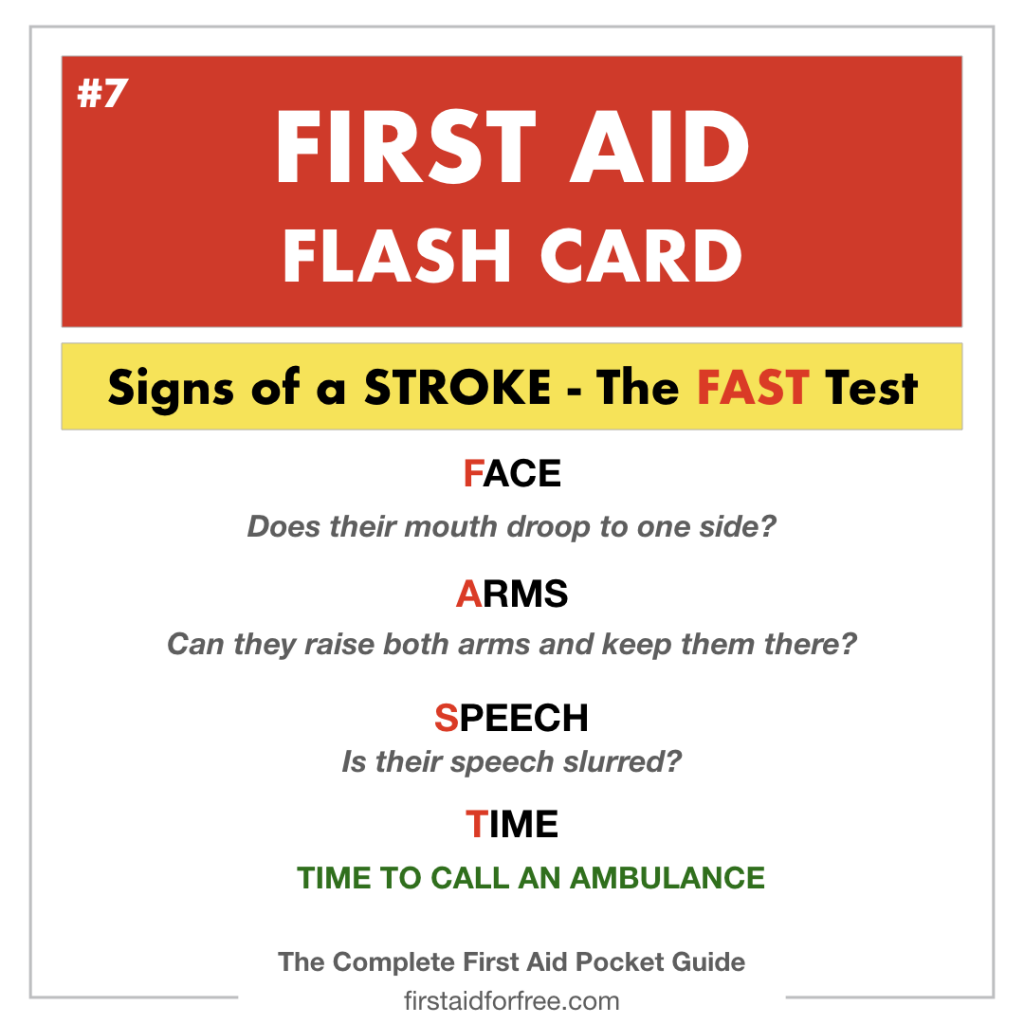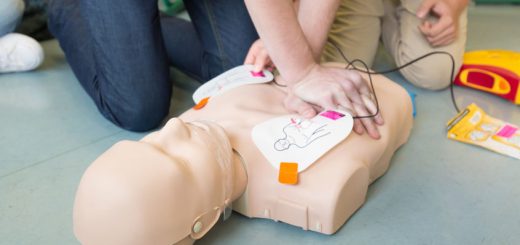What is a Cerebrovascular Event (CVE)?
A cerebrovascular event (CVE) is another term used to refer to a stroke. Strokes are sudden and have an immediate effect on the patient. A patient may become numb, weak or have paralysis on one side of the body, speech may be slurred, they may find it difficult to find words or understand speech, some may have problems with vision and others may become confused or unsteady.
A stroke affects people in different ways, depending on the part of the brain that has been affected, how widespread the damage occurred and on the health of the person before the stroke. Strokes will affect the mind and body, they can damage:
- Bodily functions
- Thought processes
- Ability to learn
- Feelings and communication
Around a third of people who have a stroke will make a considerable recovery within one month, however, most will have long-term problems. In the most severe cases, strokes can be fatal or cause significant long-term disability.
Who is at risk of stroke?
Anyone at all can have a stroke. Although most people who have a stroke are older, around a quarter of strokes actually happen to younger people. Estimates suggest that over 20,000 people under 65 years of age have a stroke every year. A stroke can also happen to children and babies.
Certain sections of the population are at increased risk of stroke. Men tend to have a higher risk of having a stroke, yet women are one and half times more likely to die from stroke than men. In middle age, women are at increased risk of having a stroke than men in the same age group.
Older people and those with high blood pressure, uneven heartbeat, high cholesterol and diabetes all have a higher stroke risk.
What is a mini-stroke?
A Transient Ischemic Attack (TIA) is often referred to as a mini-stroke or mild stroke.
The symptoms are very similar to those of a stroke that only last for a short time, anything from a few minutes to 24 hours. Someone that has had a TIA will recover within about a day. However, a TIA is a signal that part of the brain is not getting enough blood and that there is a risk of a more serious stroke in the future.
There is around a one-in-five chance that people who have a TIA will experience a full stroke during the four weeks that follow the TIA.
How to Recognize a Stroke






